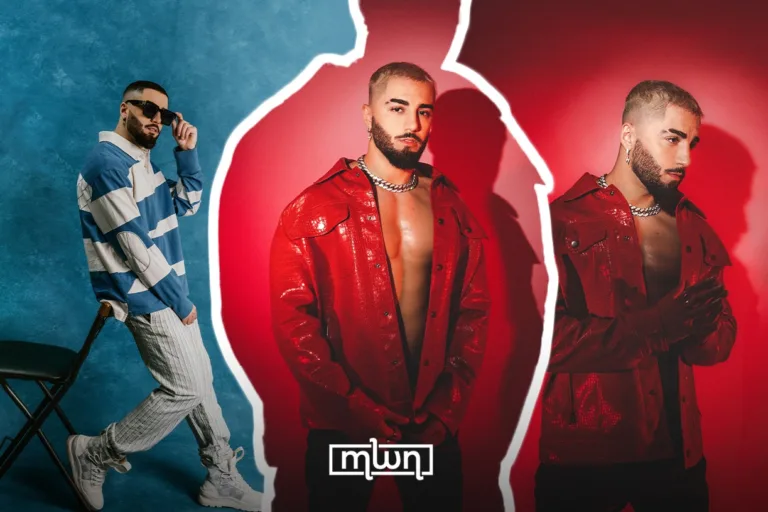Rabat – Welcome to the era of sustainable fashion, where sustainability and style collide.
It’s a movement that’s shaking up the industry, turning heads, and leaving a lasting impact.
The days of being environmentally responsible meant compromising elegance for a cause are long gone.
Today, eco-friendly clothing is not only for hippies who hug trees; it’s the hottest thing on the catwalk.
A user on X, formerly Twitter, stressed the importance of sustainable fashion, affirming, “Wardrobe essentials: comfort, style, and sustainability.”
Decoding “Eco-chic”
At its core, sustainable fashion aims to reduce the clothing industry’s environmental impact while tackling the serious social and environmental issues that are inherent in conventional fashion processes.
It advocates for transparency throughout the supply chain, from sourcing raw materials to manufacturing processes and distribution channels.
Through the adoption of sustainable practices, fashion firms aim to mitigate waste, preserve natural resources, and uphold just labor standards, ultimately cultivating a more moral and just sector of business.
So, what exactly is sustainable fashion?
Well, it’s all about the three Rs: Reduce, Reuse, and Recycle.
Sustainable fashion is all about ditching the fast-fashion frenzy and opting for clothing that’s kinder to the planet.
It’s like giving Mother Earth a big hug while looking fierce doing it.
Yet, sustainable fashion isn’t just about saving the planet; it’s also about making a statement.
It’s about expressing yourself through your wardrobe while also showing some love to the environment.
Nothing says “I care” like rocking a killer outfit made from recycled plastic bottles.
Present-day eco-friendly companies are demonstrating that style and consciousness can coexist.
The alternatives available to environmentally concerned customers are more fashionable than ever, ranging from zero-waste production processes to materials acquired ethically.
Spotlight on eco-friendly brands
One such pioneer is Patagonia, a brand that is renowned for its commitment to environmental stewardship and social responsibility.
From using recycled materials in their outerwear to advocating for environmental activism, Patagonia exemplifies a holistic approach to sustainability that extends beyond product design.
According to Impactful Ninja, 87% of Patagonia’s products are crafted from recycled materials, and they are commited to ongoing improvement in this regard.
They rank among the top sustainable outdoor apparel brands, especially in terms of material sustainability.
Similarly, Eileen Fisher has emerged as a beacon of ethical fashion, championing sustainable practices throughout its supply chain.
The brand’s Renew program, which is a prime example of its commitment to circular fashion concepts, lies at the heart of its sustainability initiatives.
Through this initiative, Eileen Fisher takes back used garments from customers, refurbishing and repairing them to extend their lifespan.
Another trailblazer in the sustainable fashion landscape is Stella McCartney, who advocates for cruelty-free and eco-conscious designs.
McCartney has made cruelty-free design a pillar of her brand identity as a lifelong vegetarian and supporter of animal rights.
None of her designs include fur, leather, or exotic skins.
Additionally, McCartney works with groups like the Ethical Trading Initiative to advance gender equality and workers’ rights in the fashion industry.
These companies, each with its own distinctive take on environmentally responsible design and production, are but a small sample of the wide range of sustainable fashion.
Hello? Isn’t sustainable fashion expensive?
Sure, the initial cost may be a little more, but consider it an investment in the future of the earth as well as your wardrobe.
A Twitter user echoed the feelings of many, arguing that, “Fast fashion is bad for the planet, it’s bad for workers, and it’s bad for consumers. That’s just all there is to it. Sustainable fashion IS more expensive, and it SHOULD be, because when you get right down to it, the true value of a blouse isn’t $12.”
She emphasized that while fast fashion may seem cheaper upfront, it exacts a toll in other ways.
Down for the cause, but really cannot afford? There are plenty of budget-friendly options out there if you know where to look.
This is where the R for Reusing comes in.
You can get some really stylish eco-friendly items in thrift stores, antique shops, and clothes exchanges without spending a fortune. Purchasing reused clothing keeps it from going into a landfill and contributing to the detrimental fast-fashion industry.
The never-ending wardrobe possibilities
Got an old pair of jeans that have seen better days? Turn them into a trendy denim jacket.
Sick of that basic white t-shirt? Apply a pop of color by doing some DIY.
You can create anything you want when you let your imagination run free.
The sense of community that sustainable fashion fosters, however, may be its greatest feature.
It’s similar to having access to an exclusive group where members exchange wardrobe inspiration, lifestyle hacks, and advice on leading the greenest possible lives.
Thank you, truly yours, – Mother Earth
In the end, sustainable style isn’t just a trend; it’s a revolution.
From eco-chic basics to statement-making accessories, the options are endless, and the planet will thank you for it.
















